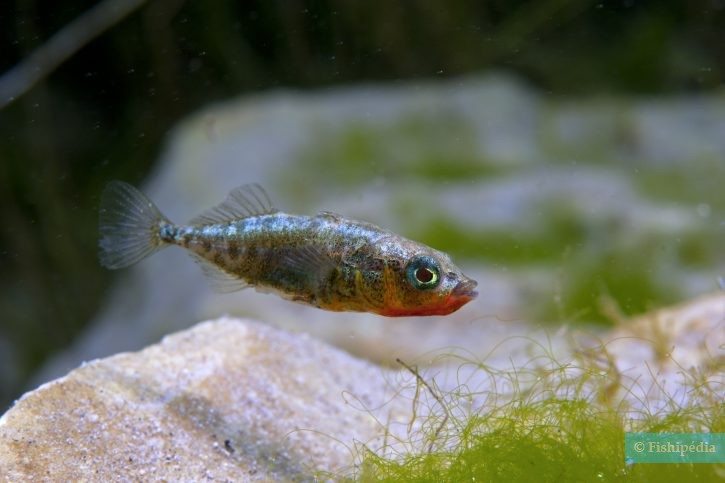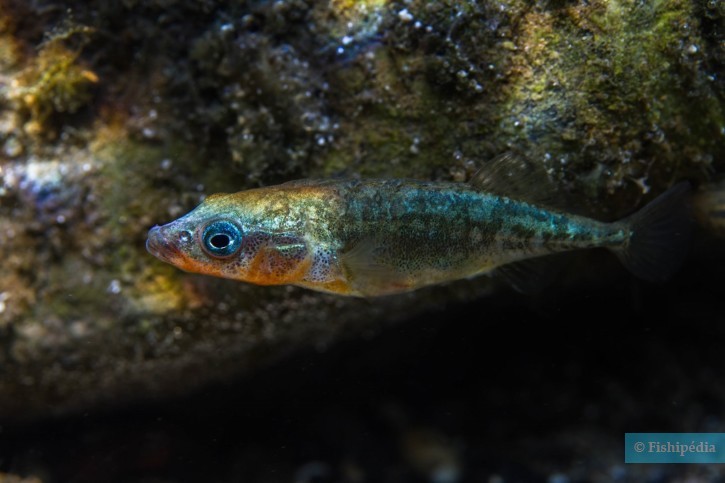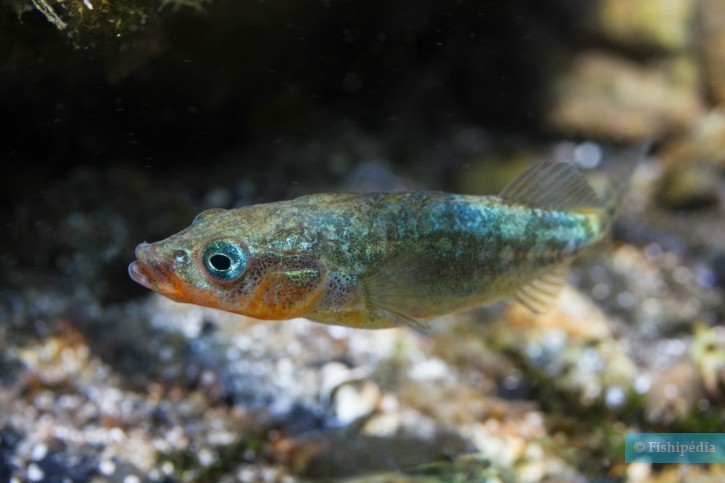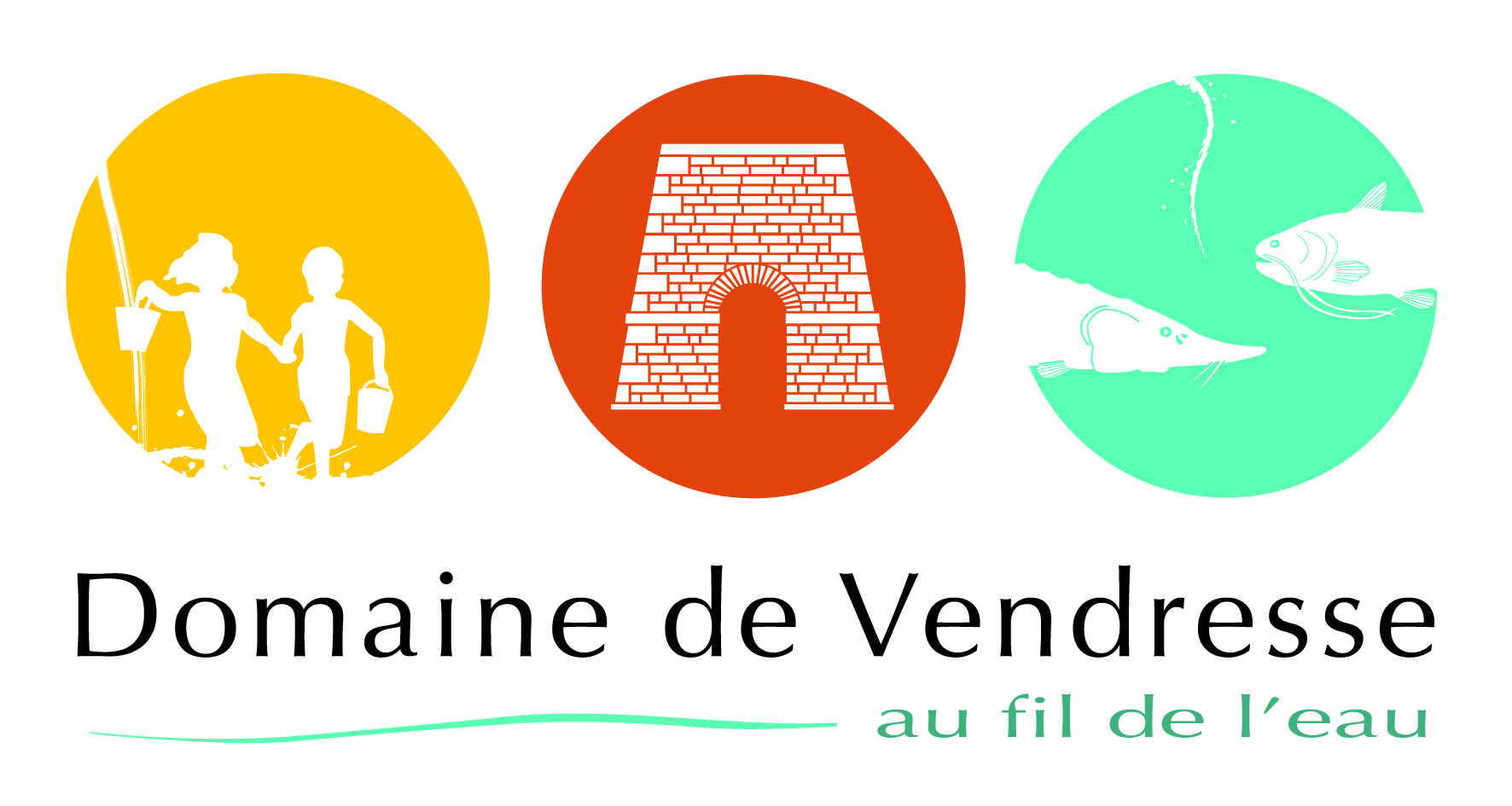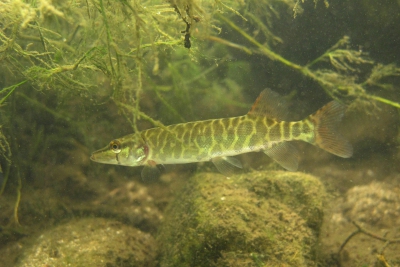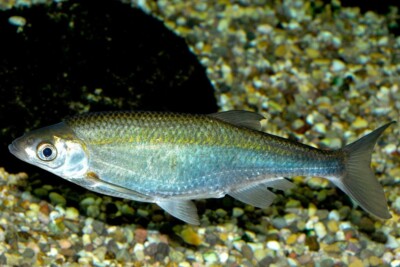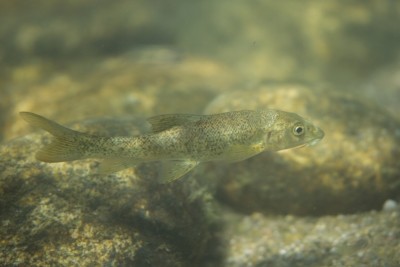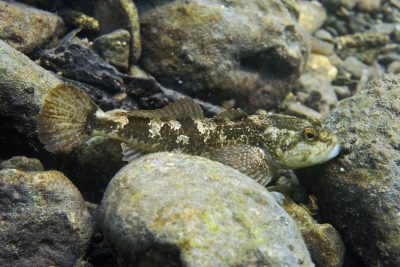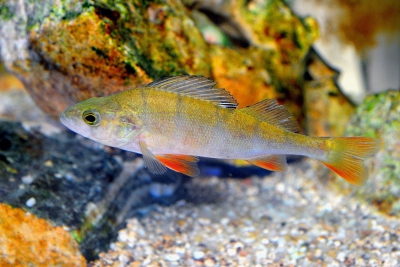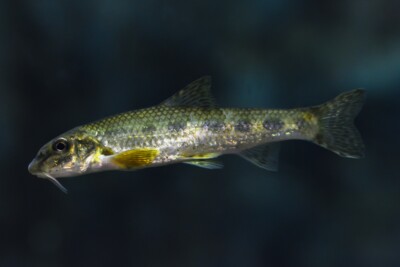three-spined stickleback
| Scientific name | Gasterosteus aculeatus |
|---|---|
| Descriptor | Linnaeus |
| Year of description | 1758 |
| IUCN category (World) | LC |
| Family | Gasterosteidae |
| Genus | Gasterosteus |
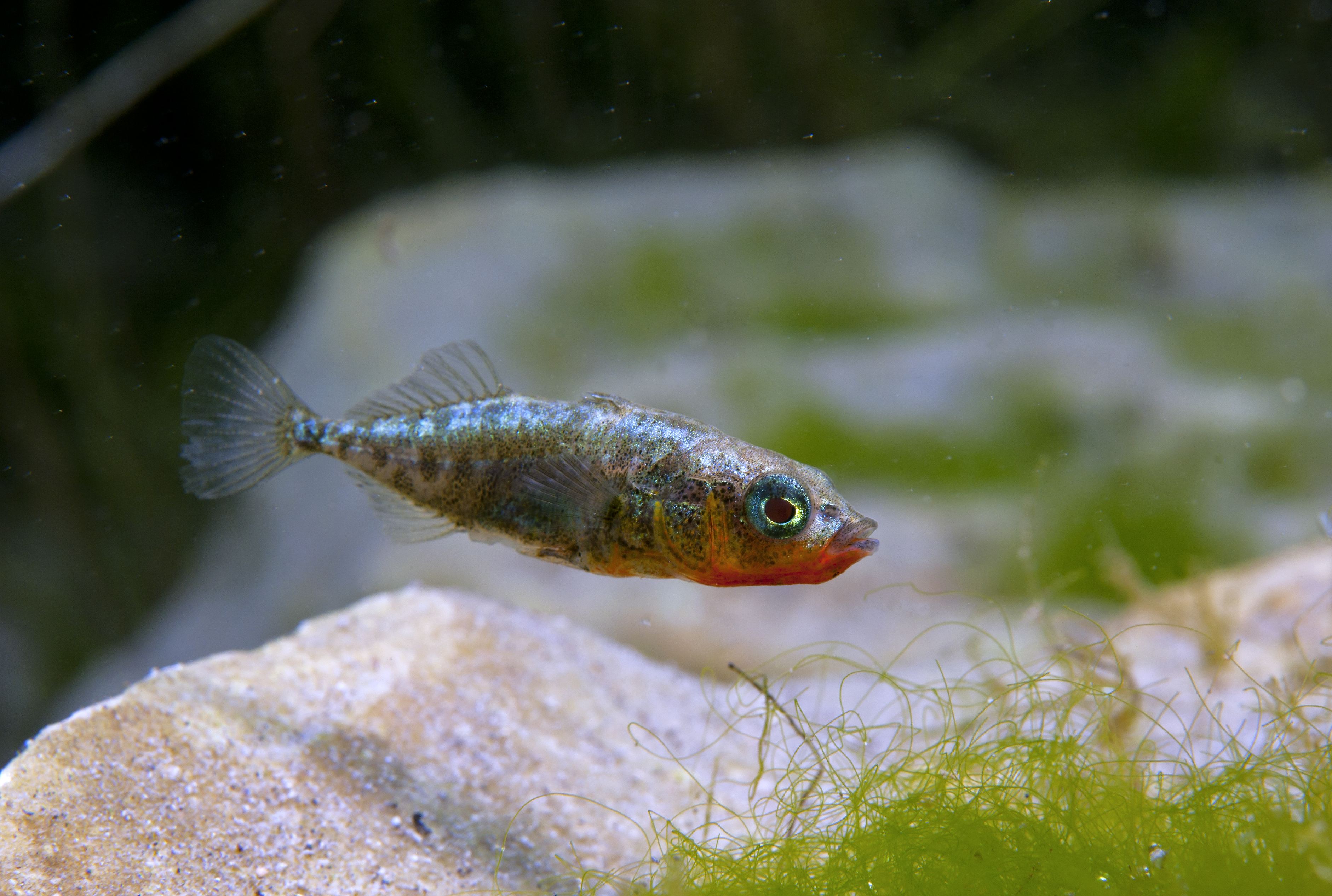

Introduction
Gasterosteus aculeatus, more commonly known as the three-spined stickleback, is a small cold water fish species particularly widespread in northern Europe.
Who is it?
Morphology
-
Average size4 cm
-
Maximum size10 cm
-
Longevity4 year
-
Average size4 cm
-
Maximum size10 cm
-
Longevity4 year
How to recognize This fish ?
The three-spined stickleback has an elongated, laterally compressed body, with 2 strong dorsal spines (very rarely 1 or 3) plus a smaller one in front of the second dorsal spine and 2 very strong pelvic spines that the fish can lock in an erect position even after death.
It does not have scales but rather lateral plates. Their number varies from 1 to 25. There are 4 recognized forms corresponding to different populations. The size and colors vary depending on environmental conditions, with a brownish-green back, marbled white sides with more or less distinct vertical bands, and a white belly.
Its strictly carnivorous diet consists of zooplankton and benthic micro-invertebrates, crustaceans, mollusks, chironomids.
Sexual dimorphism
During the breeding season, the male adorns itself with a nuptial coloration: the iris of its eye turns navy blue, its intense green-blue back, scarlet throat and sides make it easily distinguishable from females.
There is a strong sexual dimorphism in size, with males being only one-third of the size of females.
Behaviour & Life cycle
-
dietcarnivorous
-
Sociabilityliving in small groups
-
territorialNo
-
Way of livingdiurnal
The three-spined stickleback lives in small scattered groups. Males are believed to be polygamous. They are territorial, especially during the breeding season.
The male will not hesitate to chase away any fish that comes near its nest.
Reproduction
-
Reproductionovipare qui pond sur substrat découvert
Breeding takes place from March to July and involves spectacular courtship displays that have made this species famous. The male constructs a nest at the bottom, in the center of its territory, using various plant debris glued together with a secretion produced by its kidney. It attracts a gravid female who lays her eggs inside the nest. Several females may lay eggs in the same nest, which can contain hundreds of eggs.
The nest, guarded only by the male, is regularly ventilated.
The young fry gradually move away from the nest in schools, showing strong cannibalistic behavior.
Females can spawn multiple times during the season, releasing over 1000 eggs in total. They become noticeably plump, with their gonads representing up to 25% of their body weight.
Harmless species
This species does not represent any particular threats to humans when encountered in its natural environment.
Origin and distribution
Geographic distribution & Conservation
The Gasterosteidae family is particularly prevalent in Europe. In France, they are widely distributed in the northern half, including along the coasts of the English Channel and the North Sea. They are rarer in the south, mainly near large basins such as the Rhone and Garonne rivers.
A population is known in Corsica, but it appears to be declining rapidly, close to extinction. Overall, the three-spined stickleback is declining across its entire range.
Conservation status of populations (IUCN)
What is its habitat?
Natural environment characteristics
-
Temperature4 - 20 °C
-
pH (acidity)6 - 7
-
gh (hardness)1 - 6
Biotope presentation
Gasterosteus aculeatus can be found in ponds, rivers, lakes, and brackish water. It lives at shallow depths, near the surface and shore, and prefers areas with abundant vegetation.
It can even live in the sea. It is mainly found in plains and absent from mountainous areas.
Species of the same biotope
To go further
Sources & Contributions
Participation & Validation
The Fishipedia team and specialist contributors are committed to providing high-quality content. However, although the information comes from scientific sources or testimonials from specialists, the cards may contain inaccuracies.

Patrick Chartrer

Benoit Chartrer
Translation
Translation done with the valuable contribution of our translators, who make this information available to a wider audience. We sincerely thank them for their commitment.
Bibliographic references
Les Poissons d'eau douce de France - Eric Feunteun - Jean Allardi - Philippe Keith - Biotope Edition - 2011. Collection Inventaires & Biodiversité, publication scientifique du Muséum
Scientific partners
Tags
Species of the same biotope
